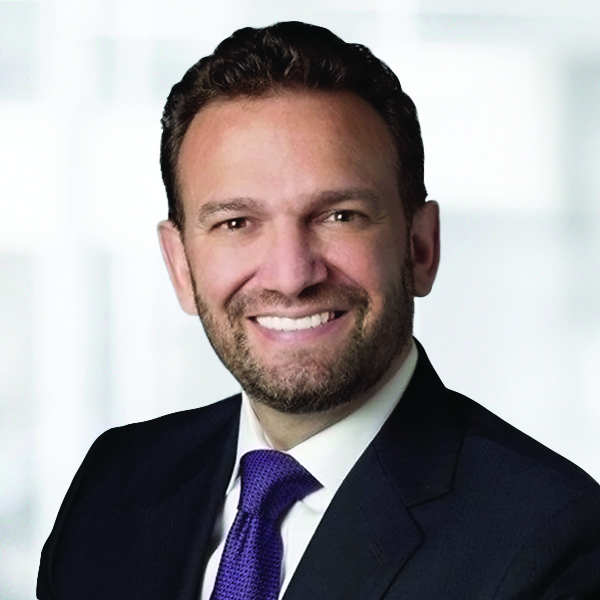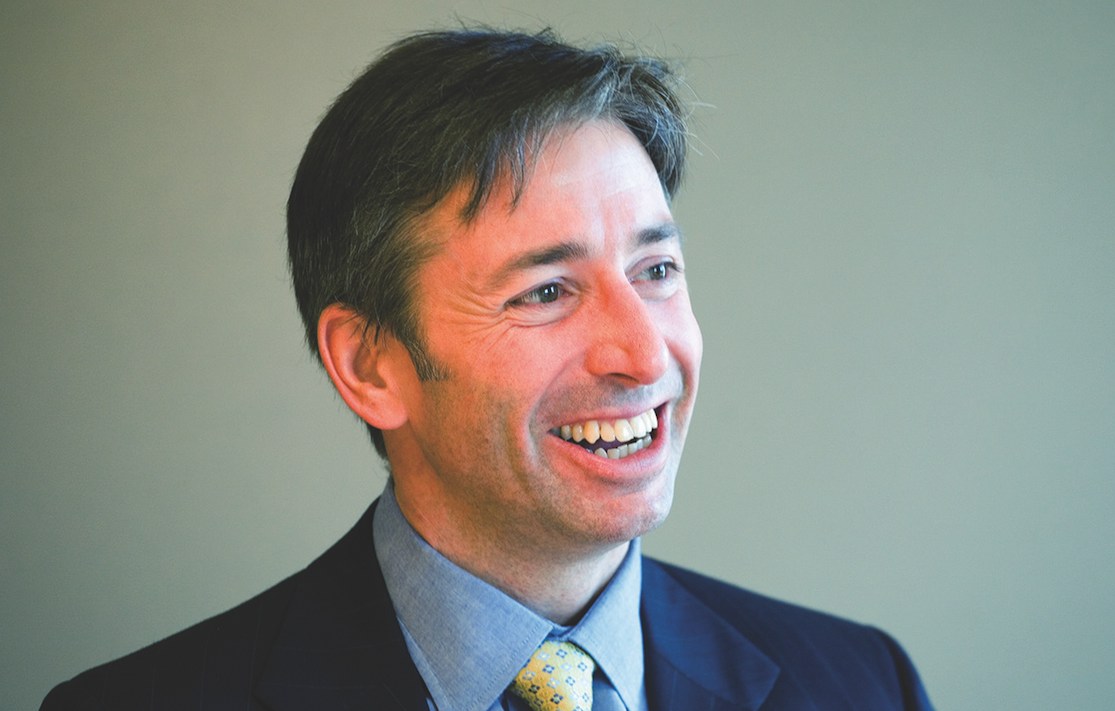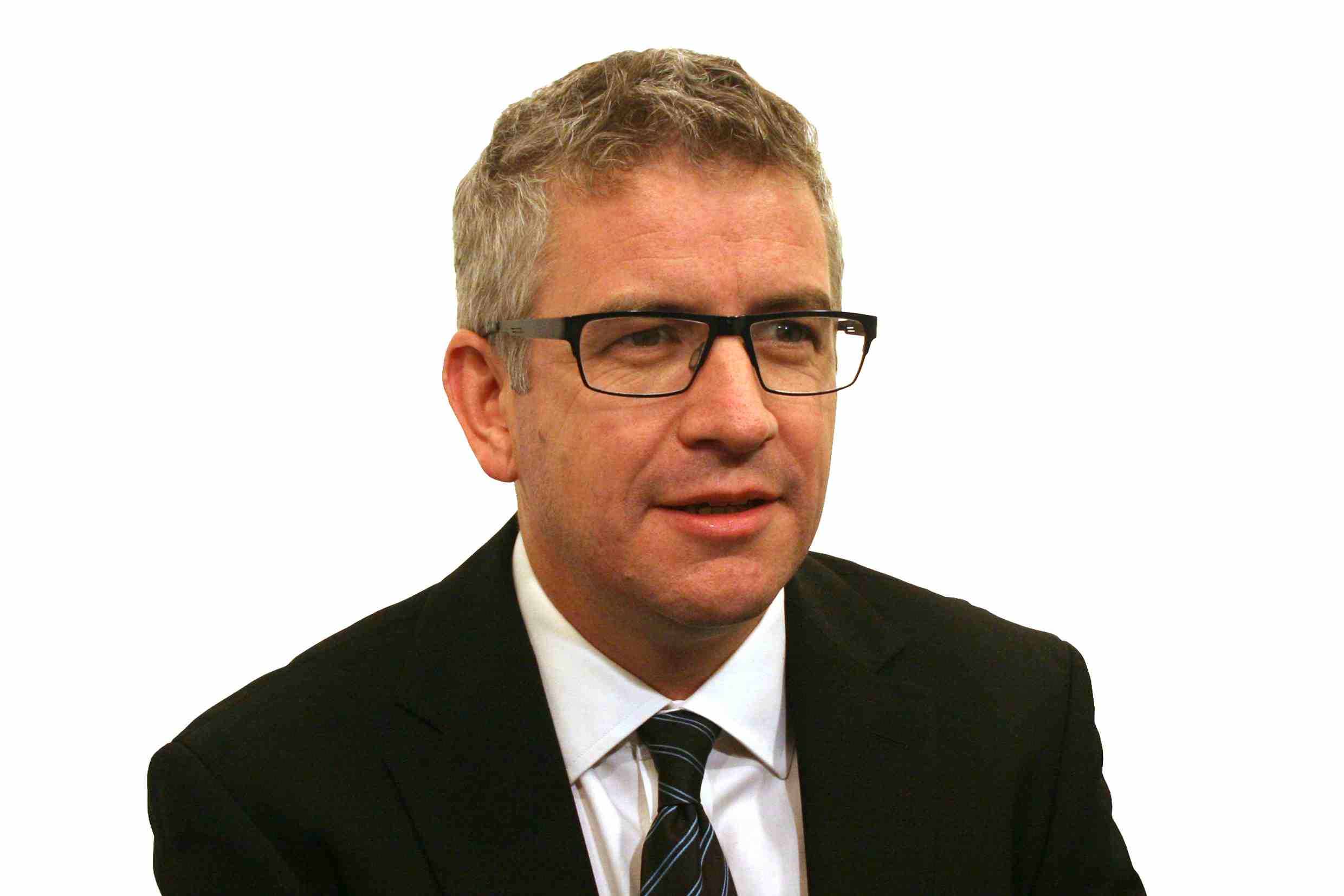The primary risk to fixed income is a sudden and sustainable rise in interest rates. The conditions for this to occur is for the market to believe both domestic and global growth will be on a sustainable trend higher and that inflation will rise. However, according to Jim Caron, portfolio manager and senior member on the Morgan Stanley Investment Management Global Fixed Income team, there is little evidence that such a robust and sustainable event will actually occur. In his interview with Funds society he mentions that “We believe growth and inflation conditions are on the rise, but at a modest pace, not quickly. The key for fixed income investors is to create a durable portfolio that is actively managed. This provides one the ability to construct a portfolio with assets that are less sensitive to interest rates, such as credit related products, and provides the opportunity for the fund manager to manage duration risks. If done properly, bond funds can still produce positive excess returns even as rates rise.”
What are your expectations of rate hikes in the US this year and how will it affect the assets? Will there be contagion in Europe and will the ECB soon have to take solutions?
We believe the Fed will hike rates two times this year, with the risk being they hike three times. As we see it, the Fed will proceed cautiously as there are still many unknowns with US resect to fiscal policy, political risk events in Europe and economic risks surrounding trade and China. The ECB faces the same challenges but is further behind in the post crisis recovery cycle than the US. A rate hike by the ECB may not occur until later in 2018 at the earliest.
Is there a danger of capital turnover from fixed income to equity?
We recognize that there are other risks to fixed income in terms of capital flows. Many are over invested in fixed income and under invested in equities. If economic conditions convincingly improve, then investors may reallocate away from bonds into equities. This is a risk. However, if bond yields rise enough, it could slow the economy and this would re-attract investors to fixed income. So, there are limitations to how high and how fast bond yields can rise in the current environment.
In this environment, is it still a good asset to invest in or should we exacerbate caution when investing in debt? Is it still possible to find value, for example by assuming a global and flexible fixed income perspective?
Fixed income will continue to be a large part of a balanced portfolio. Yes, we believe there are still opportunities in fixed income, but it needs to be managed differently. We believe flexible and active management is essential. A flexible strategy should perform better than a passive strategy because the bond manager can allocate risk away from sectors of the bond market with the most sensitivity to rising rates and into other sectors that are less sensitive to rising rates.
In which fixed income areas still you find value? Where is there more risk?
We believe there are certain ‘winning characteristics’ for fixed income assets in the current environment: 1) assets with improving fundamentals, 2) attractive yield and carry, 3) positive idiosyncratic factors such as valuation and supply an demand technicals and 4) assets with more credit sensitivity rather than interest rate sensitivity.
Do you prefer credit risk or duration risk? why?
The assets we think will perform best are: 1) US non-agency mortgages – these assets benefit from improving fundamentals and have positive supply and demand technicals in addition to having good carry and more credit rather than interest rate sensitivity. 2) Emerging markets: we like commodity exporters both in external and local EM. For local EM we also select countries whose fundamentals are improving, have attractive yields and undervalued currencies. 3) Middle market high yield: these are companies with less than $1Bn of debt outstanding whose performance is driven more by idiosyncratic credit factors rather than interest rates. Sectors we like are Manufacturing, exploration and production energy and food and beverage sectors. We believe high quality sovereign bonds, which are most rate sensitive will perform worst.
European peripheral debt: are there still opportunities in markets such as Spain?
We think European peripheral bond markets are risky and we hold minimal exposure. The risk stems from political uncertainty. However, once the election cycles pass across Europe, we do see value in owning peripheral bonds. However, we think they will first cheapen over the next several months.
What returns can be expected from assets facing this year?
Bond market returns will vary across asset class and strategy. In our unconstrained and actively managed fund, Global Fixed Income Opportunities, we think we can achieve a 5-6% return. Our asset selection and weightings are skewed to less interest rate sensitive products such as non agency mortgages, EM and high yield. In addition, we are underweight duration and for additional protection against a rise in yields.




 For Alicia Miguel Serrano
For Alicia Miguel Serrano